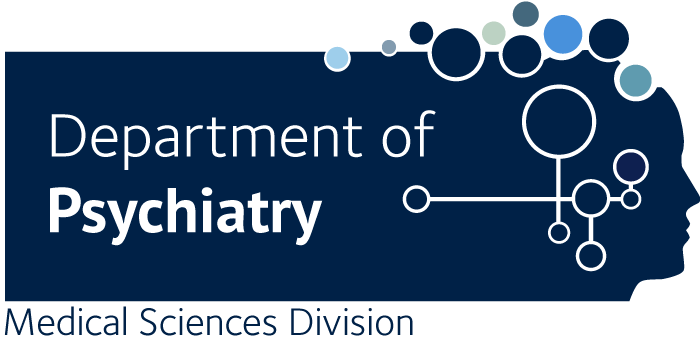Event related potentials, reaction time, and cognitive performance in idiopathic Parkinson's disease.
Ebmeier KP., Potter DD., Cochrane RH., Crawford JR., Stewart L., Calder SA., Besson JA., Salzen EA.
Sixteen non-demented patients with idiopathic Parkinson's disease (PD) with varying degrees of cognitive impairment and sixteen age-, sex- and education-matched normal controls were examined with (1) an auditory oddball paradigm requiring counting or a motor response in separate determinations, (2) a reaction time task with movement time component and (3) a detailed clinical and neuropsychological test battery. Patients were impaired on a number of neuropsychological tests. They also showed an increased P2 and N2 latency, but no significant increase in P3 latency. Their response initiation times and reaction times during the oddball experiment were not different from controls, whereas movement time was significantly increased. Increased peak latencies, particularly for N2, were moderately associated with Parkinsonian motor impairment in patients and with the Benton Multiple Choice Visual Retention Test in patients and controls. Movement time was associated with P3 latency only in controls and in both groups with the Benton Multiple Choice Visual Retention Test. The observed pattern of results suggests that in non-demented PD patients ERP peak latencies, visuo-spatial task performance and Parkinsonian motor impairment share a significant degree of variance. While impairments in neuropsychological tests and delay in the earlier peaks P2 and N2 do not appear to be sensitive to medication with L-DOPA, normal P3 latencies might indicate good pharmacological symptom control in the absence of dementia.

